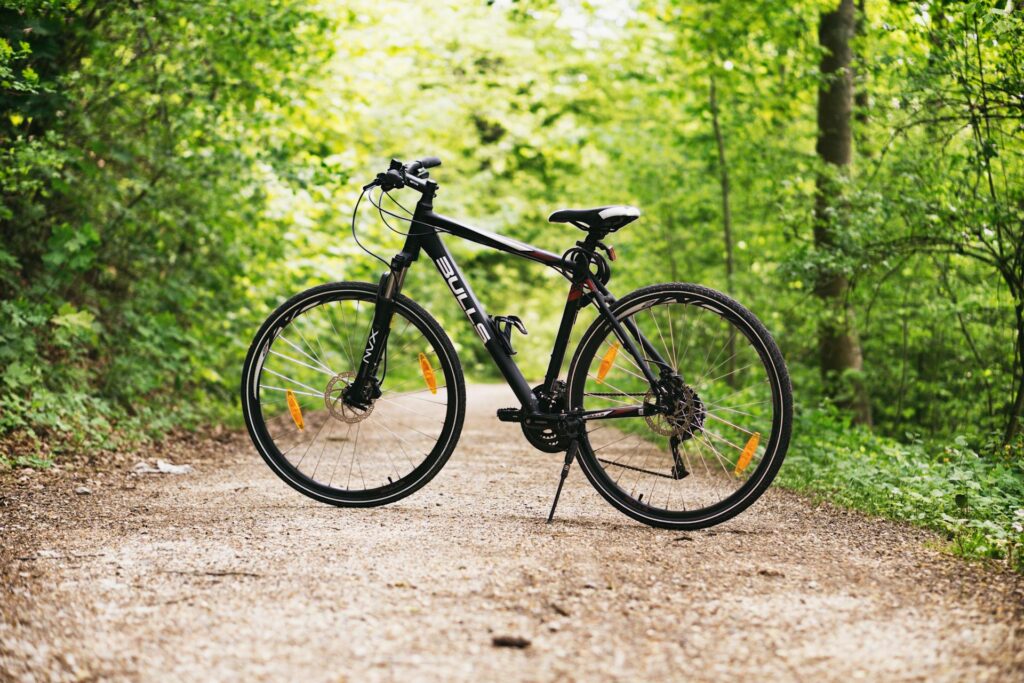Car, bicycle or maybe a tram? Which mode of transport to choose in order not to pollute the air
Whether we live in a large or small city, in the countryside or in the suburbs - we are constantly on the move somewhere. What do we use to go to school, work, shopping, to the doctor or to an after-school activity? Choosing the right means of transport is crucial in the fight for clean air and thus for a healthier life.
Whether we live in a large or small city, in the countryside or in the suburbs - we are constantly on the move somewhere. What do we use to go to school, work, shopping, to the doctor or to an after-school activity? Choosing the right means of transport is crucial in the fight for clean air and thus for a healthier life.
Our daily choices - what we buy, eat, throw away and how we travel - have a direct impact on the environment. Transport is particularly important, as it is very often associated with the emission of harmful substances and exhaust fumes. What we use to get around each day has a huge impact on our planet.
In Poland, cars are the most common form of transport. As a result of growing environmental awareness, we are increasingly opting for electric cars, but - even leaving aside the economic aspects - this is not a 100 per cent perfect choice. Let us remember that producing the electricity needed to power a car can also contribute to CO2, in addition to which the issue of battery recycling remains problematic.

Tram, metro, hydrogen buses
Public transport offers us extensive options for getting around major cities. But is it an environmentally friendly solution? That depends on the type of vehicle. Electric buses, including hydrogen buses, are becoming increasingly popular not only in Europe, but also in Poland. Relying on such vehicles when building a carrier's fleet can significantly improve air quality in cities. Trams and metros are electrically powered and can carry a large number of passengers at the same time, which reduces the need for individual means of transport and is better for our environment. If the majority of us were to choose this type of transport, there would be a reduction in the number of passenger cars on the road, and this would translate into a reduction in harmful emissions in the air. Of course, these are options that are completely unavailable in smaller towns and cities.
Bicycles and scooters are another means of transport we have to choose from. This form of transport is not only environmentally friendly, but also beneficial to our health. To make it easier to cover longer distances, the traditional bicycle can be replaced by an electric version. In most large cities, both bicycles and electric scooters are available for hire, making them easily accessible to residents.

The best way of all: Walk!
We have yet another form of transport that is the simplest, cheapest and most environmentally friendly. Walking, as it is referred to, generates no emissions and has a positive impact on our health and fitness. Of course, it is not the ideal solution for every situation. Walking is time-consuming, but it should become a mandatory choice for every fit person for short and slightly longer distances. Walking 500 metres to the shop or ATM by car should be a shame!
Choosing the right mode of transport is key to reducing air pollution and protecting the environment. Public transport, electric cars, bicycles, scooters or walking, which we particularly recommend, all help to reduce harmful emissions. Each of these methods has its own advantages and can contribute to improving air quality and, therefore, our health.


